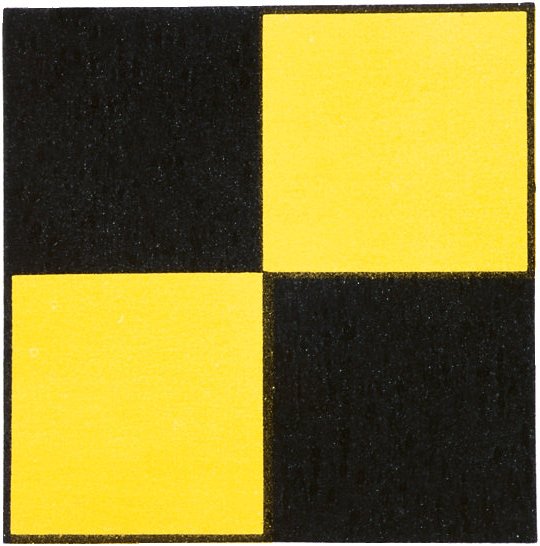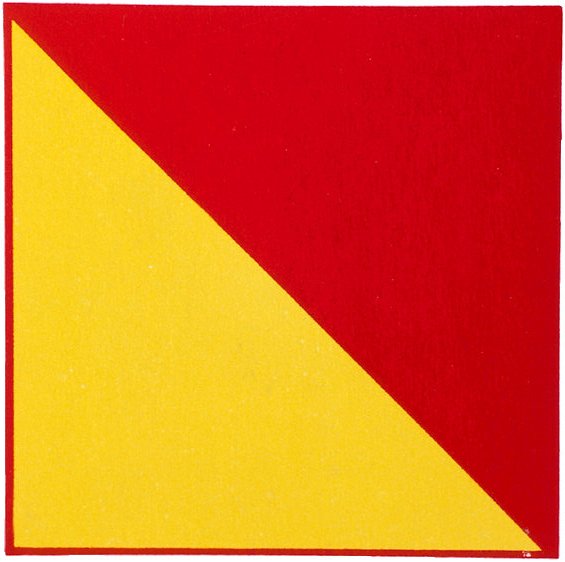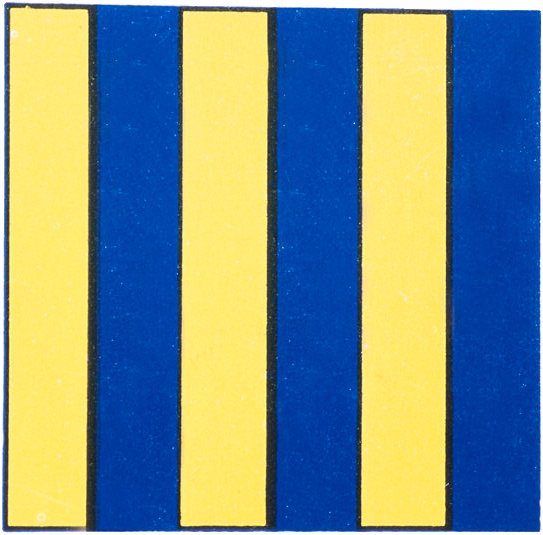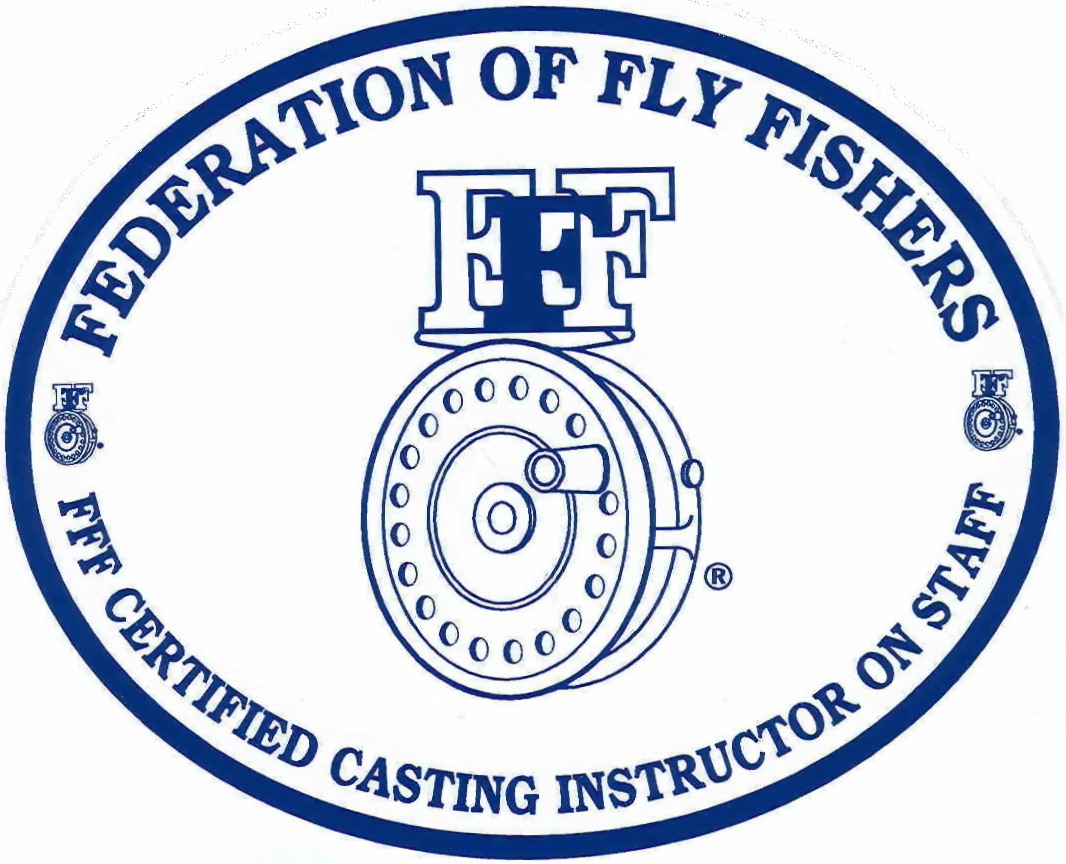Casting Corner- Line hand, the "O", and Striking the Fish
by Captain Jim Barr on 09/14/16
One on the most common casting errors I see plaguing fly anglers on my boat is their line hand is oftentimes positioned too high and too close to the fly rod and reel. Typically if the line hand is near the rod in the false casting and line shooting stages it means the hand, forearm and upper arm are all in a "high" position, and whenever that occurs for a sustained period of time (a day fly fishing), the arm gets fatigued as does the shoulder and the back and the angler tires more quickly. The other thing that oftentimes occurs is when the angler finally shoots line on their forward cast, the excess line on the deck or in the stripping basket rapidly shoots upwards and collides with the rod as the idle line is pulled up by the weight of the line outside the tiptop. This collision can occur anywhere from the rod butt and up to and including the first stripping guide. Two things happen when you get collision of the line (line slap) against the rod: 1. You lose distance in your cast because the line does not run smoothly through the guide set, and 2. The excess line will oftentimes wrap around the butt of the fly rod, or the reel, or the first stripping guide, or perhaps all three points. In each case there goes your opportunity to make the distance and expeditious cast to the moving fish. Missed opportunity!
My recommendation is to keep the line hand elevation somewhere between the angler's waist and the middle of the chest, and to keep the line hand upwards of two feet away from the rod. By doing this your arm is not in that high, stressful position and your arm movements are more relaxed as the hand and forearm are in a more ergonomically efficient and comfortable position. You will see this recommended arm position in the attached YouTube video. You will also see that I am pinching the line with my left hand between my thumb and forefinger as I make an "O" with those two fingers. As I execute my false casts preparing to shoot the line towards the target, I can either keep the line pinched (static) until I have the line speed and direction I want, or I can slip line both on the forward and back false casts in order to lengthen the amount of line I am carrying in the air.
You will also see that when I release the line in the final forward cast, I release it so that the line is enclosed inside the "O" that I have formed with my fingers. I do this for two reasons, each very important. By maintaining control of the line inside the O, I am effectively using this finger positioning as an artificial (finger/hand) stripping guide- the first one if you will that operates to align and funnel the loose/excess line into the first stripping guide on the fly rod. The other important reason for keeping the line controlled within the O, is that when my line and fly lands on the water, I can readily transfer the line to my rod hand pinching it between my right forefinger and the rod grip, while pinching the lower section of the line with my line hand as I prepare for my retrieve, or better yet for strip-striking the fish. Many anglers will simply let go of the fly line in the process of shooting the line. I have seen many of those same anglers miss strikes that happen instantaneously as the fly hits the water because they are fumbling to regain control of the line. After making the cast I strip the line between my rod hand forefinger and the grip. I pinch that line tightly as I reach up with my line hand to the grip to pull the line in for the next retrieve/strip. The fly line must always be held tightly- slack line is a killer and causes anglers to miss the strike.
While on the subject of striking the fish, many anglers new to fly fishing in the saltwater are used to striking (setting the hook) the fish using the traditional "trout set" where the rod is raised in a high position. If you employ this technique in saltwater you are going to miss a lot of fish or because the hook set is weak, the hook will not penetrate the fishes mouth and it will come unbuttoned. The proper technique is to start your retrieve with the rod tip at water level or just above with zero slack in the line. When the fish eats the fly, the angler keeps the rod position low (water level or slightly higher) and with the line hand pulls the line back with force parallel to the rod and water inducing a fast and strong connection to the fish. Generally it's a good idea to strip-strike (line strike) the fish several times in this low position, then angle the rod to either side .... then raise the rod to begin playing the fish. High trout sets are sometimes ingrained in an angler's DNA, but using this technique in saltwater can cause you to lose a lot of fish, and also potentially break the tip section of your rod by putting too much force on it.





